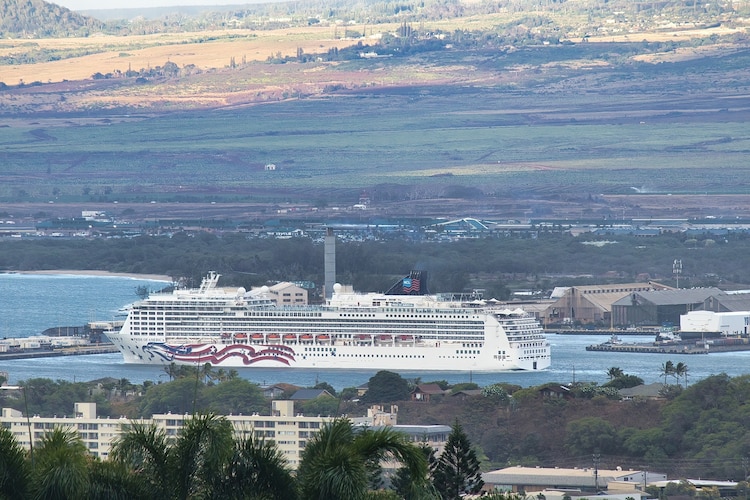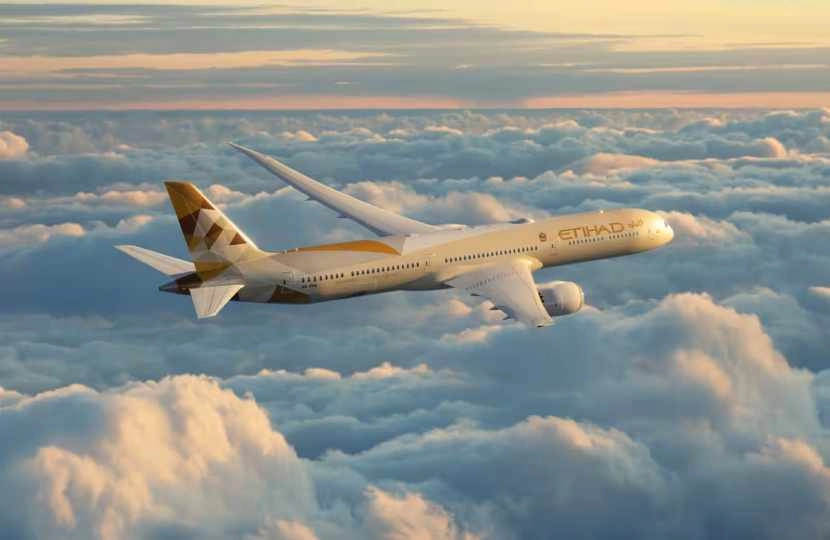China. The name itself conjures images of ancient dynasties, sprawling megacities that kiss the clouds, and landscapes so surreal they seem painted into existence. But for the modern traveler, it also brings a question pulsing with both excitement and anxiety: “How on earth do I get around?”
Navigating China’s transportation network can feel like stepping into the future. Gleaming bullet trains slice through the countryside at unimaginable speeds, subways run with silent, digital precision, and the entire system is powered by a cashless ecosystem that can feel impenetrable to outsiders. But it doesn’t have to be.
This is your ultimate, up-to-date guide for 2025. Forget the outdated forum posts and confusing advice. We will demystify the entire system, from booking your first high-speed rail ticket to hailing a ride with a tap of your phone and paying for a city bus with a simple scan. This guide is designed to empower you with the confidence and knowledge to not just navigate China, but to conquer it, turning a potentially stressful journey into an exhilarating adventure.

The Golden Rule for 2025: Master Your Digital Wallet First
Before we discuss a single train or bus, let’s address the single most critical element of travel in China Transportation in 2025 today: digital payments. In 2025, China is a virtually cashless society. Relying on foreign credit cards or carrying wads of cash will not only be inconvenient but will actively hinder your ability to use most transportation services. Your smartphone is your wallet, your ticket, and your key to the kingdom.
Setting Up Alipay or WeChat Pay: Your Non-Negotiable First Step
This process, once a nightmare for foreigners, has become significantly easier. Both major platforms now allow you to link international credit cards (Visa, Mastercard, etc.).
Here’s your step-by-step action plan before you fly:
- Download Alipay (支付宝): We recommend Alipay as it tends to be slightly more user-friendly for foreigners. WeChat Pay is also excellent, but requires more social setup.
- Register with Your Home Phone Number: Use your current, non-Chinese phone number to register an account.
- Add Your International Credit Card: Navigate to the “Me” tab, then “Bank Cards,” and add your card details. It’s a similar process to adding a card to Apple Pay or Google Pay.
- Complete Identity Verification: You will likely need to upload a photo of your passport to verify your identity and lift transaction limits. Do this at home where you have a stable internet connection.
Once set up, you can use a QR code generated by the app to pay for virtually everything—subway tickets, taxis, bike rentals, train station vending machines, and more.
Why Cash and Physical Cards Are Obsolete
While it’s wise to carry a small amount of emergency cash (a few hundred Yuan), you’ll find many vendors, especially smaller ones and automated kiosks, are not equipped to handle cash or provide change. Similarly, your physical foreign credit card will rarely be accepted outside of major international hotel chains and high-end restaurants. Embrace the digital wallet; it is the single most important key to unlocking smooth travel in China.

The Dragon’s Spine: Conquering China with High-Speed Rail (HSR)
China’s High-Speed Rail (HSR) network is the envy of the world. It is the fastest, most efficient, and most comfortable way to travel between cities. With over 45,000 kilometers of dedicated track, it’s a technological marvel that has fundamentally changed the concept of distance in China.
Understanding the Train Types: G, D, and C-Trains
When booking, you’ll see different letters. Here’s what they mean:
- G-Trains (高速 – Gāosù): The “G” stands for high-speed. These are the fastest and most modern trains, reaching speeds of up to 350 km/h (217 mph). They are the premier choice for major routes like Beijing-Shanghai or Shanghai-Guangzhou.
- D-Trains (动车 – Dòngchē): These are the second-fastest, often serving as a supplement to G-trains on major routes or as the primary fast train on regional lines. Speeds typically top out around 250 km/h (155 mph). They are still incredibly efficient and comfortable.
- C-Trains (城际 – Chéngjì): These are intercity trains connecting a major city with a nearby city, like Beijing to Tianjin. They are fast, frequent, and designed for commuters.
Booking Your Tickets: A Step-by-Step Guide
Tickets can be booked up to 15 days in advance. Spontaneous travel on HSR is possible but not recommended, as popular routes sell out quickly.
Option 1: The App Method (Recommended)
- Trip.com: This is the most foreigner-friendly Online Travel Agency (OTA). The app is entirely in English, accepts international payments easily, and allows you to book train tickets with a small service fee. This is the most hassle-free option. You will receive an e-ticket QR code.
- Railway 12306 (The Official App): While it now has an English version and supports international cards, it can still be slightly less intuitive than Trip.com. However, it’s the official source and has no service fees.
Option 2: The Station Method You can buy tickets in person at any train station. Look for the English-speaking ticket window (it’s usually marked). You will need your physical passport for every person you are buying a ticket for. This is a good backup option but can involve long queues.
What to Expect at the Station and Onboard
Chinese train stations are more like airports. They are massive, modern, and require security checks.
- Arrival: Arrive at least 60 minutes before your departure time.
- Security: You’ll scan your luggage and go through a passport/ticket check to enter the main hall.
- Boarding: Your departure gate will be displayed on large screens. Boarding typically begins 15-20 minutes before departure and closes 5 minutes before.
- Onboard: The trains are impeccably clean, quiet, and punctual. Seats are comfortable and have ample legroom, tray tables, and power outlets. Hot water dispensers are available in every car for tea or instant noodles.

Above the Clouds: When to Fly Domestically
While HSR is dominant, flying still has its place, especially for vast distances or travel to regions without extensive rail coverage like Western China (Tibet, Xinjiang) or the island of Hainan.
The Train vs. Plane Dilemma
- Rule of Thumb: For journeys under 5 hours by train, HSR is almost always better. When you factor in airport security and travel time to/from airports (which are usually far from the city center), the train is faster door-to-door. For a journey like Beijing to Shanghai (4.5 hours by train), HSR is the clear winner. For Beijing to Chengdu (8 hours by train), a flight becomes a more attractive option.
- Major Airlines: China’s main domestic carriers are Air China (CA), China Southern (CZ), and China Eastern (MU). They are all reliable with modern fleets.
- Booking: Again, Trip.com is your best friend for booking domestic flights with international payment cards.
Mastering the Metropolis: Your Guide to City Transport
Once you arrive in a city, a new world of efficient urban transport opens up.
The Subway (Metro): Your Best Friend in the City
Nearly every major Chinese city has a world-class subway system. They are clean, safe, incredibly cheap, and have signs and announcements in both Mandarin and English.
- Payment in 2025: Forget single-journey tokens. Open your Alipay app, find the “Transport” section, and generate a city-specific subway QR code. You simply scan this code at the turnstile to enter and exit, and the fare is automatically deducted. It’s seamless.
Taxis and Ride-Hailing: Didi is Essential
Traditional taxis exist, but ride-hailing is king.
- Didi Chuxing (滴滴出行): This is China’s Uber. Download the app and link your international card before you go. It’s a lifesaver.
- Pro-Tip: Always have your destination address ready in Chinese characters. Copy it from your hotel booking or a map app. While the Didi app translates, showing the driver the characters is a foolproof way to avoid confusion. You can also use the in-app chat, which has an auto-translation feature.
The Humble Bus: For the Adventurous Traveler
City buses are incredibly cheap (often 1-2 Yuan) but can be challenging. Routes are rarely announced in English, so you need to know your stop. You can pay by scanning an Alipay QR code. It’s a great option for short hops if you’re feeling confident with a map app.
Read Also: 14 Top Travel Destinations in 2025
Two-Wheeled Freedom: Using Bike-Sharing Services
In many cities, you’ll see thousands of colorful shared bikes from companies like Meituan (formerly Mobike) and Hellobike. These are perfect for exploring a specific neighborhood or traveling the last mile from the subway station. You can unlock them by scanning the QR code on the bike using the corresponding mini-app within Alipay.
Essential Apps for Your 2025 China Transportation Toolkit
- Alipay/WeChat Pay: For payments. Non-negotiable.
- Trip.com: For booking trains, flights, and hotels.
- Didi Chuxing: For ride-hailing.
- Maps: Apple Maps has improved significantly in China and has good English integration for subway routing. Baidu Maps (百度地图) is the most detailed and accurate map service, but it’s primarily in Chinese. It’s worth using for its accuracy if you can navigate the interface.
- Translation App: Pleco is a fantastic dictionary app. Google Translate’s photo and conversation modes can also be very helpful.
Sample Itinerary & Transport Choices
Let’s put this all together to see how it works in practice.
The “Golden Triangle”: Beijing – Xi’an – Shanghai (10 Days)
- Beijing to Xi’an: Take the G-Train. It’s a scenic 4.5-hour journey, taking you from the capital to the home of the Terracotta Warriors efficiently and comfortably.
- Xi’an to Shanghai: Take an overnight D-Train with a sleeper berth to save on a hotel night and wake up in Shanghai, or take a daytime G-Train (approx. 6 hours).
- Within Cities: Rely entirely on the subway systems in all three cities. Use Didi for specific destinations like the Great Wall entrance near Beijing or your hotel from the airport.
Conclusion: Your Journey Awaits
China’s transportation network in 2025 is a testament to the country’s ambition and technological prowess. What may seem intimidating from afar is, in reality, a highly integrated, hyper-efficient, and surprisingly accessible system once you have the right tools.
Your journey begins not when you step on the plane, but when you download and set up your digital wallet. By embracing Alipay, familiarizing yourself with Trip.com, and understanding the awesome power of the HSR network, you transform yourself from a tourist into a savvy traveler. The barriers have fallen. The Middle Kingdom, with all its ancient wonders and futuristic marvels, is more open and navigable than ever before. Your adventure is waiting.









